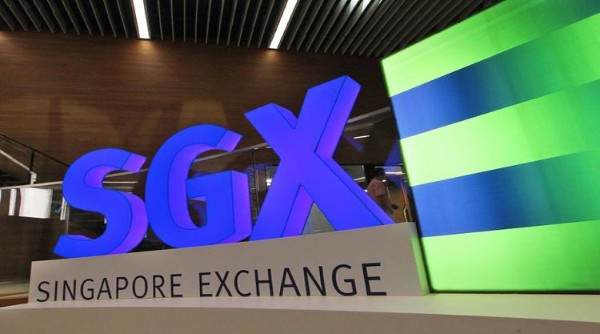Ludovic Gauthier 3m 734 #inflation
The views of this article are the perspective of the author and may not be reflective of Confessions of the Professions.


APAC investors have been unsettled by the ongoing surge in inflation, which appears to be taking place worldwide and shows no sign of abating. Across the globe, central banks are engaged in efforts to reduce headline inflation numbers, including interest rate hikes and the exiting of quantitative easing.
Unlike most central banks, the Money Authority of Singapore (MAS) prefers to manage national economic conditions by using exchange rate interventions, rather than interest rates. They do this by intervening in the market to maintain the price of the Singapore Dollar within a certain band.
A weakening of the Singapore dollar makes Singaporean goods cheaper for overseas purchasers and therefore provides a boost to local industry exports. For much of the later twentieth century, various Asian countries were involved in a race to weaken their currencies as much as possible; a policy China at least is less and less keen on, given their ambitions for the renminbi to become a global reserve currency.
Singapore has long been a participant in these ‘currency wars’, but with domestic inflation now a priority over the growth of export industry, having a very weak currency (associated with higher inflation) is no longer seen as desirable by the MAS.
Unlike many central banks, who tend to consider their national exchange rate solely in terms of the USD, the MAS measures the price of the Singapore Dollar by comparing it to a basket of four currencies. Given the US accounts for under 7% of exports, and with China, Hong Kong, Malaysia and Indonesia accounting for nearly half, this is a wise precaution.
Central bank action to support the price of the SGD has some of the same effects as increasing interest rates; it limits inflation and increases the value of the SGD. There is a delicate balance to this strategy, however, as too sharp a price increase could make Singaporean industry less and less competitive.
In terms of the actual mechanics of this policy, the MAS sets a ‘band’, or acceptable price range, that the standardised SGP value (set against a basket of other currencies) is allowed to move freely within. If the price falls below the band, the MAS will intervene by purchasing SGD. Likewise, if it exceeds the band limit, it will sell currency to lower the price.
In April 2022, the MAS announced an aggressive increase in the band price range, without widening the width of the band. This is a direct action to increase the price of their currency, relative to its neighbours and main trading partners.
This is a delicate task for the MAS as the need to control inflation coexists with a decrease in manufacturing growth that shows no sign of improving soon. Exporters will be hurt by any major SGD increases, and this puts them at odds with the direction of MAS monetary policy.
For the MAS, the concerns of exporters are currently outweighed by inflation pressure in the domestic economy. A tight labour market, with employers finding it harder and harder to fill roles, energy cost increases and higher food prices all contributed to Singapore’s highest inflation results in 9 years of 4.3% year on year for February 2022.
The central bank will be hoping an appreciation of the SGD could help ameliorate this. Given the SGD, like almost all currencies, is most heavily traded against the US Dollar, this may not be a simple process. A coming cycle of considerable interest rate hikes by the Federal Reserve is expected to sharply increase the price of the USD over the coming weeks and months. In this environment, it will be difficult for the Singapore Dollar to see major upwards price moves.
For retail investors, renewed SGD strength would be a mixed blessing. On the one hand, it may damage the bottom lines of various Singapore-based manufacturers, companies they are more likely to be invested in, or even employees of. This is likely outweighed by the increased purchasing power of their SGD assets abroad – with a strong SGD, US dollar-denominated investments will become relatively cheaper, providing an opportunity to add to portfolios.
On the other hand, of course, those looking to convert USD denominated holdings into SGD will find that their investments lose some of their value. Thus SGD strength is probably better for Singapore retail investors with some years left before retirement, or those more likely to be adding to their portfolios rather than cashing them in.
(







